Home>Garden Essentials>When Did GMO Seeds Start
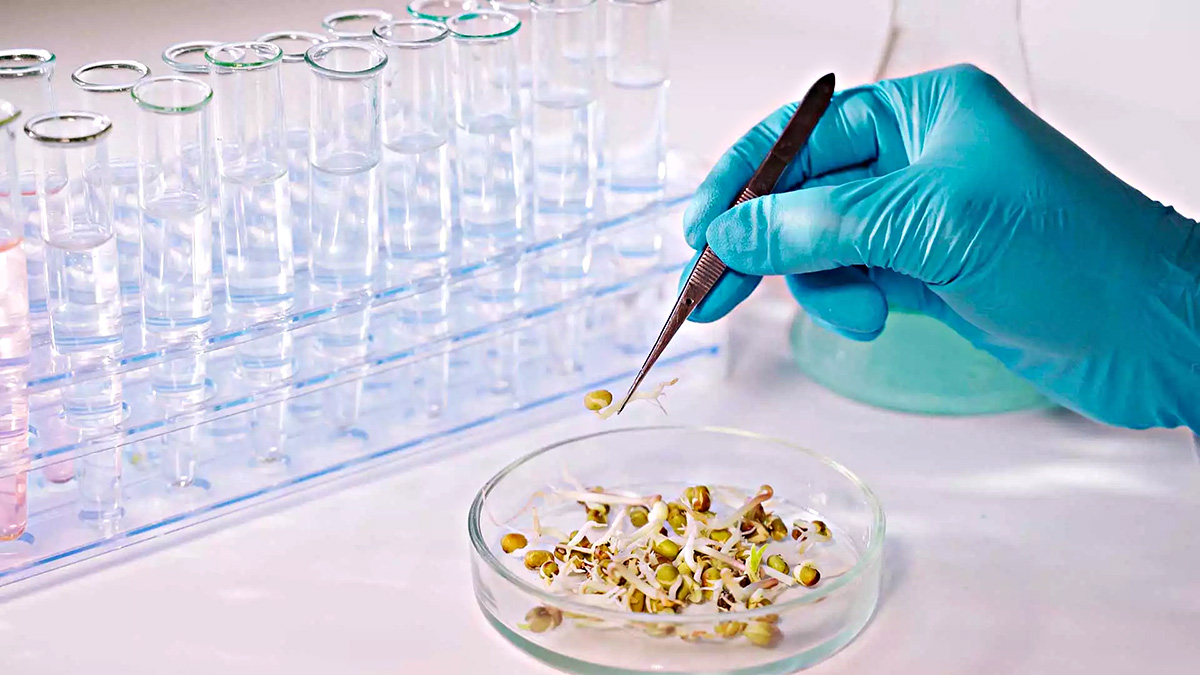

Garden Essentials
When Did GMO Seeds Start
Modified: March 15, 2024
Discover the history of GMO seeds and their impact on gardening. Explore when GMO seeds were first introduced and how they have influenced the world of gardening.
(Many of the links in this article redirect to a specific reviewed product. Your purchase of these products through affiliate links helps to generate commission for Storables.com, at no extra cost. Learn more)
Introduction
The use of genetically modified organisms (GMOs) in agriculture has been a topic of heated debate in recent years. GMO seeds are created through genetic engineering techniques, where specific traits are introduced or modified to enhance crop yield, pest resistance, and other desirable characteristics. The development and adoption of GMO seeds have had a significant impact on the agricultural industry and food production worldwide.
In this article, we will explore the early history of genetic modification, the advent of GMO seeds, the controversies and initial adoption, the expansion of GMO seed cultivation, and the current state and future implications of GMO seeds.
Understanding the origins and evolution of GMO seeds is crucial for comprehending their impact on the environment, human health, and the overall agricultural landscape. With this knowledge, we can engage in informed discussions and make educated decisions about the use and future of GMO seeds.
Key Takeaways:
- GMO seeds, created through genetic engineering, revolutionized farming by enhancing crop yield, pest resistance, and nutritional content. They offer hope for sustainable and productive agriculture amidst evolving challenges.
- Despite controversies, GMO seeds have shown potential in increasing crop productivity, reducing pesticide use, and addressing nutritional deficiencies. Balancing benefits and concerns is crucial for their responsible use in agriculture.
Read more: When Did Monsanto Begin To Market GMO Seeds
Early History of Genetic Modification
The concept of genetic modification can be traced back thousands of years to the practices of selective breeding and crossbreeding. Farmers and breeders have long been manipulating the genetic makeup of plants and animals to create desired traits, such as larger fruits or stronger livestock. However, these traditional breeding methods often relied on trial and error and took several generations to achieve the desired results.
The advent of modern genetic modification began in the 1970s with the discovery of DNA recombinant technology. This breakthrough allowed scientists to directly manipulate the genetic material of organisms, enabling them to introduce new genes or modify existing ones. The ability to transfer precise traits from one organism to another opened up unprecedented possibilities for agricultural advancements.
In the early stages of genetic modification, scientists focused primarily on microorganisms and bacteria. They sought to understand basic genetic processes and harness them for practical applications. It wasn’t until the mid-1980s that genetic modification techniques expanded to include plants and animals.
The first major breakthrough in plant genetic modification came in 1983 when researchers engineered a tobacco plant that was resistant to antibiotics. This achievement demonstrated the potential for creating crops with enhanced resistance to pests, diseases, and herbicides. It sparked further research and development in the field of agricultural genetics.
Over the next two decades, advancements in genetic engineering techniques paved the way for the development of GMO seeds. Scientists were able to introduce genes from unrelated organisms into plants, giving them new traits such as resistance to insects or tolerance to harsh environmental conditions. These genetically modified crops promised higher yields, reduced pesticide use, and increased tolerance to drought or other challenging environmental factors.
As the technology progressed, scientists also explored the potential benefits of genetic modification for improving the nutritional content of crops. This led to the development of biofortified crops, which are genetically modified to have higher levels of essential nutrients such as vitamins and minerals. These crops have the potential to address malnutrition and improve public health, particularly in developing countries.
While early genetic modification efforts focused on improving crop traits, researchers also recognized the importance of addressing potential risks and ethical concerns. Regulatory frameworks were established to ensure the safety and proper assessment of GMOs before their introduction into the market. These regulations aimed to safeguard human health, protect the environment, and provide consumers with the necessary information to make informed choices about the products they consume.
The Advent of GMO Seeds
The development of genetically modified organisms (GMOs) had a profound impact on the agricultural industry, particularly with the advent of GMO seeds. GMO seeds are genetically engineered to possess specific traits that enhance crop yield, resistance to pests and diseases, and tolerance to environmental factors. The introduction of GMO seeds revolutionized farming practices and offered promising solutions to address global food security challenges.
In the early 1990s, the first genetically modified crop was commercialized. This crop, known as the Flavr Savr tomato, was genetically modified to have an extended shelf life by suppressing the gene responsible for softening. This breakthrough generated widespread interest and set the stage for the future development and adoption of GMO seeds.
Following the success of the Flavr Savr tomato, other genetically modified crops quickly entered the market. The most prevalent GMO crops to date include soybeans, corn, cotton, and canola. These crops have been genetically engineered to possess traits such as herbicide tolerance, insect resistance, and improved nutritional content.
GMO seeds offered several advantages to farmers. Firstly, they provided enhanced resistance to pests, reducing the need for chemical pesticides and resulting in lower production costs. Secondly, GMO seeds allowed for increased tolerance to herbicides, enabling farmers to control weed growth without harming their crops. This streamlined weed management and gave farmers greater flexibility in their farming practices.
Additionally, GMO seeds offered improved yield potential, ensuring a more stable and abundant food supply. By incorporating traits like drought tolerance or disease resistance, GMO crops can withstand challenging environmental conditions, ensuring consistent productivity and reducing crop loss.
The adoption of GMO seeds varied across regions and crops. In the United States, for example, the adoption of genetically modified crops skyrocketed, primarily driven by the adoption of herbicide-tolerant soybeans and insect-resistant corn. Other countries, such as Brazil and Argentina, also embraced GMO crops, recognizing the potential benefits they offered in terms of productivity and agricultural sustainability.
However, the introduction of GMO seeds was not without controversy. Critics raised concerns about the potential long-term impacts on human health and the environment. They argued that GMOs could potentially lead to the development of resistant pests and weeds, environmental pollution, and unforeseen health risks. These concerns spurred ongoing debates and led to the implementation of strict regulations and labeling requirements in many countries.
Despite the controversies, GMO seeds have gained significant traction in the agricultural sector. Their widespread adoption demonstrates the value that many farmers and stakeholders see in the benefits they offer. As technology continues to advance, the development of new GMO seeds with even more desirable traits remains an active area of research and innovation.
Initial Controversies and Adoption
The advent of genetically modified organisms (GMOs) and GMO seeds sparked intense debates and controversies surrounding their safety, environmental impact, and ethical considerations. These discussions have played a significant role in shaping public opinion and government policies regarding the use and regulation of GMOs.
One of the main concerns raised by critics of GMOs is the potential risks to human health. Opponents argue that the introduction of foreign genes into the DNA of crops could lead to unforeseen allergies or negative health effects. However, extensive research conducted over several decades has not found any conclusive evidence to support these claims. Regulatory bodies around the world, such as the World Health Organization and the European Food Safety Authority, have consistently affirmed the safety of GMOs when compared to their non-GMO counterparts.
Another area of controversy surrounding GMO seeds relates to their impact on the environment. Critics argue that genetically modified crops may harm biodiversity by cross-pollinating with wild relatives, potentially creating “superweeds” or causing harm to non-target organisms. However, the actual environmental impact of GMO crops has been subject to scientific study and debate. Studies have shown both positive and negative environmental effects, depending on the specific crop, trait, and farming practices employed.
The debate around GMO adoption and regulation has also highlighted concerns over corporate control and monopolization of the seed industry. Some opponents argue that the dominance of a few multinational agrochemical companies in the production and sale of GMO seeds could limit farmer choices, increase seed prices, and erode traditional farming practices. Efforts have been made to address these concerns, including the implementation of seed labeling requirements and the promotion of seed diversity through initiatives like organic farming and seed banks.
Despite the controversies, the adoption of GMO seeds has continued to increase globally. Many farmers have embraced GMO technology for its potential to improve crop yields, reduce pesticide use, and address food security challenges. In countries facing significant agricultural limitations, such as drought-prone regions or areas with limited arable land, GMO seeds offer a promising solution to enhance agricultural productivity.
The adoption of GMO seeds has particularly benefited small-scale farmers in developing countries. These farmers often face challenges such as pests, diseases, and limited access to resources. GMO seeds provide them with an opportunity to increase their crop yield and income, ensuring better livelihoods and food security for their communities.
Government regulations and policies regarding the cultivation and trade of GMO seeds have varied across different countries. Some nations have implemented strict regulations, requiring rigorous safety assessments and labeling of GMO products. Others have taken a more lenient approach, allowing for more widespread adoption without strict labeling requirements.
Moving forward, ongoing research, open dialogue, and careful regulation will continue to shape the adoption and perception of GMO seeds. Balancing the potential benefits of GMOs with environmental concerns, ethical considerations, and public health will be crucial in ensuring sustainable and responsible GMO seed cultivation.
GMO seeds first became commercially available in the mid-1990s, with the introduction of genetically modified crops such as soybeans, corn, and cotton.
Expansion of GMO Seed Cultivation
Since their introduction, the cultivation of genetically modified organism (GMO) seeds has expanded rapidly, with significant adoption in various countries around the world. The widespread adoption of GMO seeds can be attributed to their perceived benefits, including increased crop yields, reduced pesticide use, and improved resilience to environmental challenges.
One of the main factors driving the expansion of GMO seed cultivation is the potential for increased crop productivity. GMO seeds are often engineered to possess traits such as insect resistance, herbicide tolerance, or drought tolerance. These traits can help protect crops from pests, weeds, and adverse weather conditions, thus reducing yield loss and increasing overall productivity.
In countries with high agricultural demand, such as the United States, Brazil, and Argentina, GMO seeds have been widely adopted by farmers. For example, in the United States, nearly 94% of soybeans and 90% of cotton are genetically modified. These crops offer increased profitability, as they require fewer inputs, such as pesticides and herbicides, and are less susceptible to yield loss caused by pests or adverse weather events.
The expansion of GMO seed cultivation has also been driven by their potential to reduce environmental impacts. GMO crops engineered for herbicide tolerance allow farmers to use specific herbicides that target weeds while sparing the crop. This targeted approach reduces the overall amount of herbicides used and minimizes the impact on the environment. Additionally, GMO crops with built-in insect resistance can help reduce the need for chemical insecticides, further mitigating the detrimental effects on beneficial insects and the ecosystem as a whole.
The adoption of GMO seeds has also enabled farmers to minimize soil erosion. By cultivating crops with improved resilience to drought or flooding, farmers can reduce the loss of topsoil caused by these extreme weather events. This, in turn, helps maintain soil health and preserves the fertile land for future agricultural use.
While GMO seeds have primarily been adopted for major commodity crops like soybeans, corn, and cotton, efforts are underway to expand their use in other crops as well. For example, genetically modified rice varieties are being developed to combat pests and diseases, improve nutritional content, and increase yield potential in regions where rice is a staple crop.
Despite the benefits and widespread adoption, the expansion of GMO seed cultivation has faced challenges and controversies. Opposition to GMOs is rooted in concerns over the potential risks to human health and the environment. Critics argue that more research is needed to fully understand the long-term impacts of GMOs on ecosystems and human health before further expansion.
Moreover, consumer sentiment and labeling requirements also impact the expansion of GMO seed cultivation. Some countries have implemented mandatory labeling laws or restrictions on GMO products, which can influence consumer preferences and market dynamics. This has led to different levels of acceptance and adoption of GMO seeds in different regions.
Looking ahead, the expansion of GMO seed cultivation will continue to be influenced by factors such as advancements in genetic engineering technology, evolving regulatory frameworks, and public perceptions and preferences. Striking a balance between the potential benefits of GMO seeds and addressing concerns about their safety, environmental impact, and ethical considerations will be crucial in shaping their future expansion and integration into global agriculture.
Read more: When Did Crop Rotation Start In The U.S.?
Current State and Future Implications
The use of genetically modified organism (GMO) seeds in agriculture has become widespread, with significant implications for the current state of global farming practices and future developments in the field. Understanding the current state of GMO seed cultivation and its potential future implications is crucial for informed discussions on food security, environmental sustainability, and the role of biotechnology in agriculture.
At present, GMO crops are cultivated on over 189 million hectares of agricultural land worldwide. The majority of GMO crops are grown in developed countries, with the United States, Brazil, Argentina, Canada, and India being the largest producers. Major crops include soybeans, corn, cotton, and canola, which have been genetically modified for traits such as herbicide tolerance, insect resistance, and improved yield potential.
The adoption of GMO seeds continues to grow, driven by the perceived benefits they offer to farmers. These benefits include increased crop productivity, reduced pesticide use, and improved resilience to pests and environmental challenges. Farmers who adopt GMO seeds often report higher yields and reduced production costs, contributing to their economic viability and sustainability.
However, the future implications of GMO seed cultivation extend beyond immediate benefits. Genetic engineering techniques are constantly advancing, allowing for the development of new GMO seeds with even more desirable traits. This opens up possibilities for addressing evolving agricultural challenges, such as climate change, evolving pests and diseases, and changing consumer preferences.
One area of future implication is the development of GMO seeds with enhanced nutritional content. Biofortified crops, which are genetically modified to have higher levels of essential vitamins and minerals, offer potential solutions to address malnutrition and improve public health, especially in developing countries where nutrient deficiencies are prevalent.
Another future implication of GMO seed cultivation is the potential for sustainable agriculture practices. Genetic engineering techniques can be used to develop crops that require fewer resources, such as water and fertilizers, or crops that can grow in marginal lands, reducing pressure on arable land expansion and preserving biodiversity.
However, there are ongoing debates and concerns surrounding GMOs that will shape their future implications. Some argue that the long-term environmental impacts of GMOs and their safety for human consumption require further research and assessment. Additionally, the issue of intellectual property rights and corporate control over GMO seeds raises questions about equitable access to agricultural technology and the potential consolidation of the seed industry.
Regulatory frameworks and public sentiment will also play a significant role in determining the future of GMO seed cultivation. Stricter regulations, mandatory labeling laws, and changing consumer preferences towards organic and non-GMO products can influence the adoption and market demand for GMO seeds.
Looking ahead, the future of GMO seed cultivation will be shaped by a combination of scientific advancements, environmental and health concerns, consumer preferences, and regulatory decisions. Striking a balance between addressing these concerns and harnessing the potential benefits of GMO seeds will be crucial for realizing sustainable, productive, and resilient agriculture systems in the years to come.
Conclusion
The cultivation of genetically modified organism (GMO) seeds has had a significant impact on the agricultural industry, addressing challenges such as food security, crop productivity, and environmental sustainability. The journey of GMO seeds began with the early history of genetic modification and the advent of GMO crops, which offered enhanced traits and benefits for farmers.
While the initial adoption of GMO seeds was met with controversies and concerns, subsequent research and safety assessments have provided evidence of their safety and effectiveness. GMO seeds have shown potential in increasing crop yields, reducing pesticide use, improving resilience to pests and environmental challenges, and even addressing nutritional deficiencies through the development of biofortified crops.
The expansion of GMO seed cultivation, particularly in countries like the United States, Brazil, and Argentina, has demonstrated their significance in modern farming practices. They have proven to be valuable tools for farmers in terms of managing pests and weeds, reducing production costs, and increasing overall agricultural productivity.
Looking to the future, GMO seeds hold promise for addressing evolving agricultural challenges, from climate change and changing pests to shifting consumer preferences. Their potential for nutrient enhancement, resource efficiency, and resilience in the face of environmental stressors provides hope for sustainable and productive agriculture.
However, it is important to maintain a balanced perspective. Continued research, regulation, and open dialogue are necessary to address concerns and ensure the safe and responsible use of GMO seeds. Striking a balance between scientific advancements, ethical considerations, environmental protection, and public preferences will be crucial in shaping the future of GMO seed cultivation.
In conclusion, GMO seed cultivation has revolutionized modern agriculture by offering solutions to improve crop productivity, mitigate environmental impact, and enhance food security. The expanding adoption of GMO seeds across the globe highlights the recognition of their benefits by farmers and stakeholders. As we navigate the challenges and opportunities presented by GMO seeds, it is vital to continue evaluating their long-term impacts and engaging in informed discussions to shape a sustainable and resilient agricultural future.
Frequently Asked Questions about When Did GMO Seeds Start
Was this page helpful?
At Storables.com, we guarantee accurate and reliable information. Our content, validated by Expert Board Contributors, is crafted following stringent Editorial Policies. We're committed to providing you with well-researched, expert-backed insights for all your informational needs.


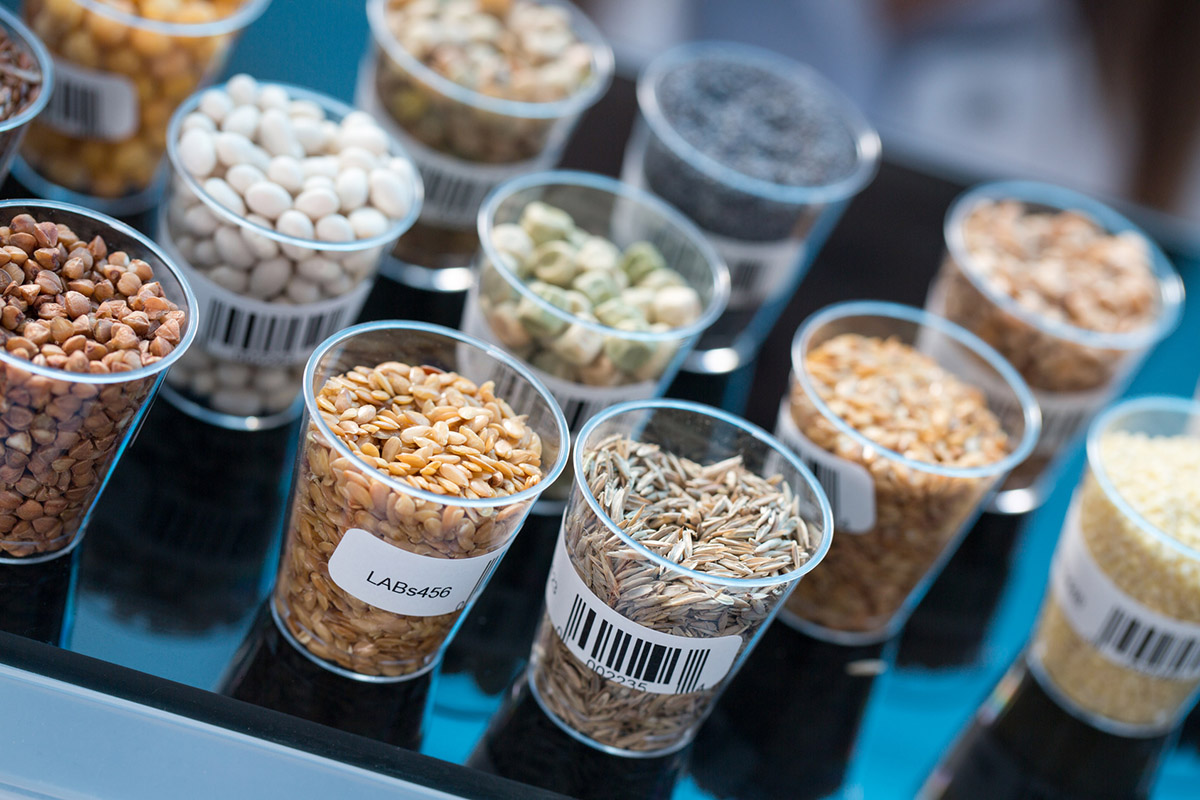



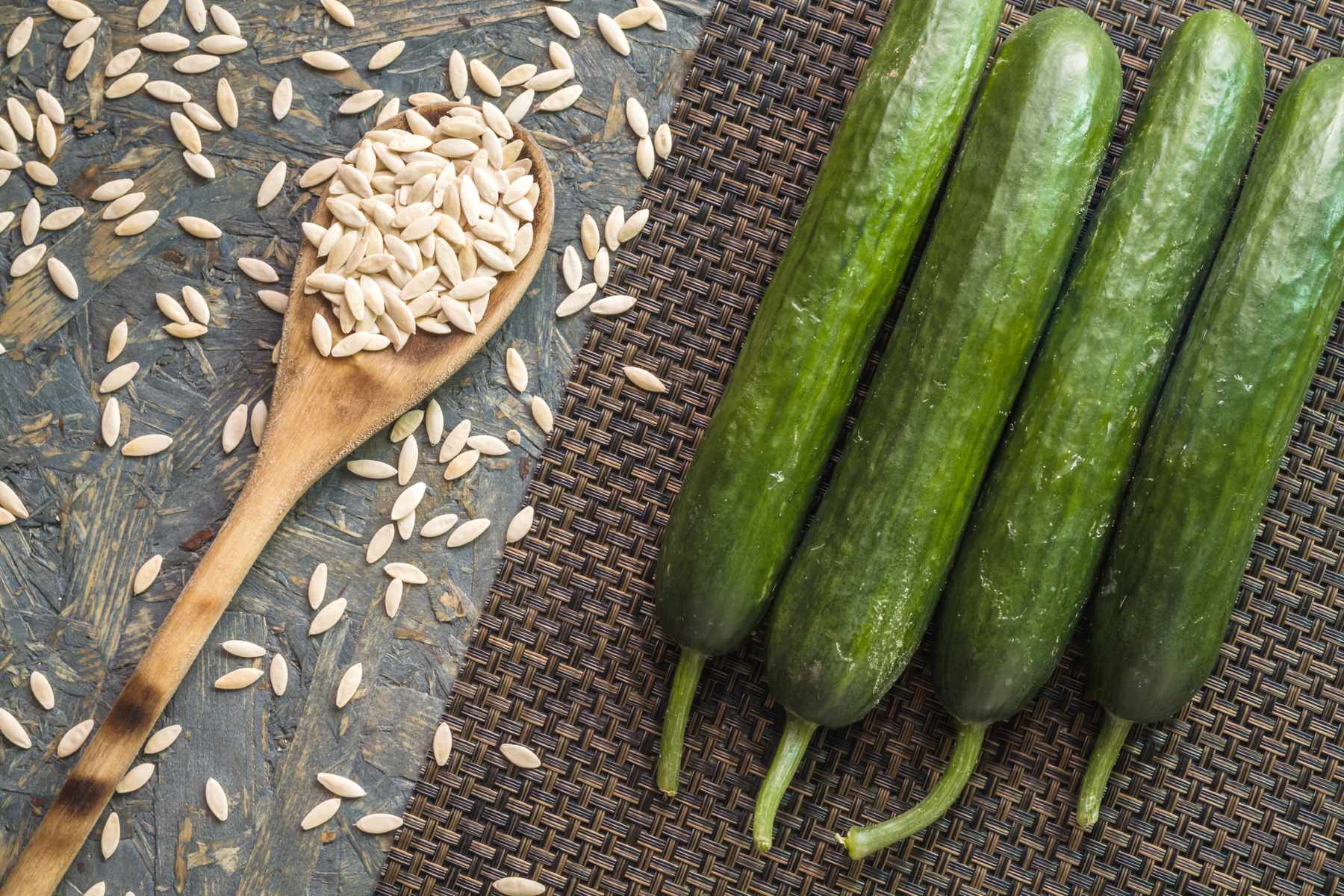
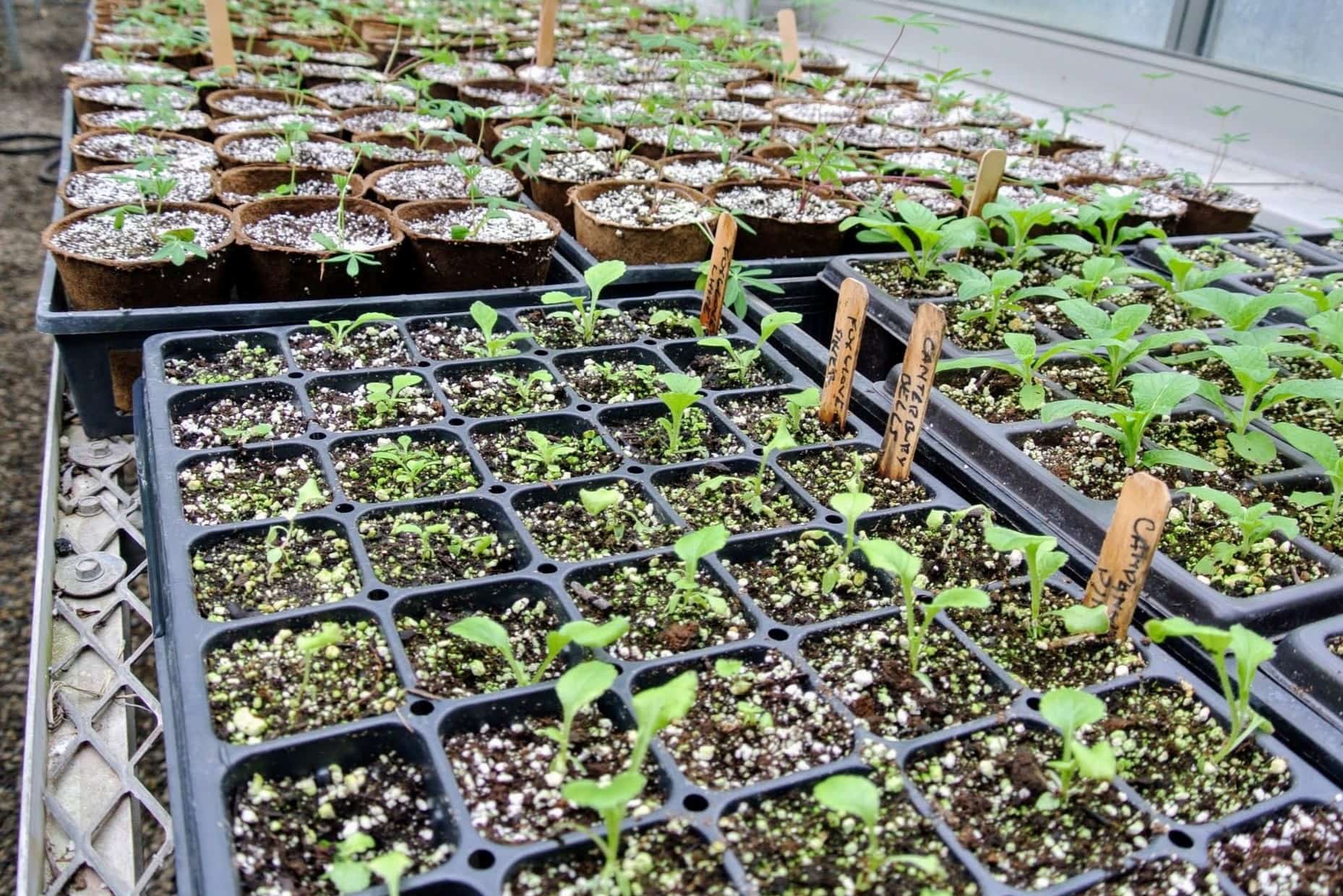
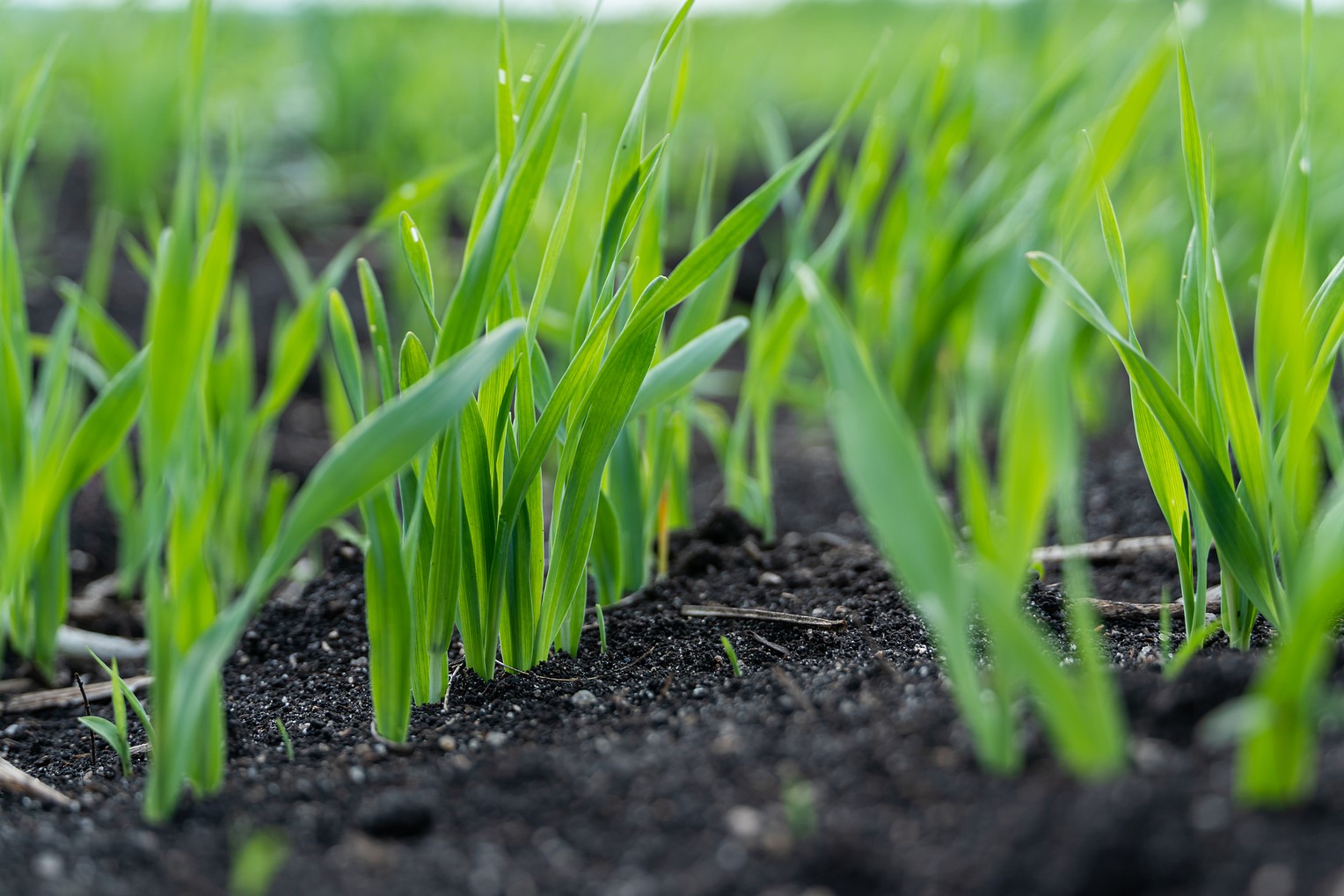
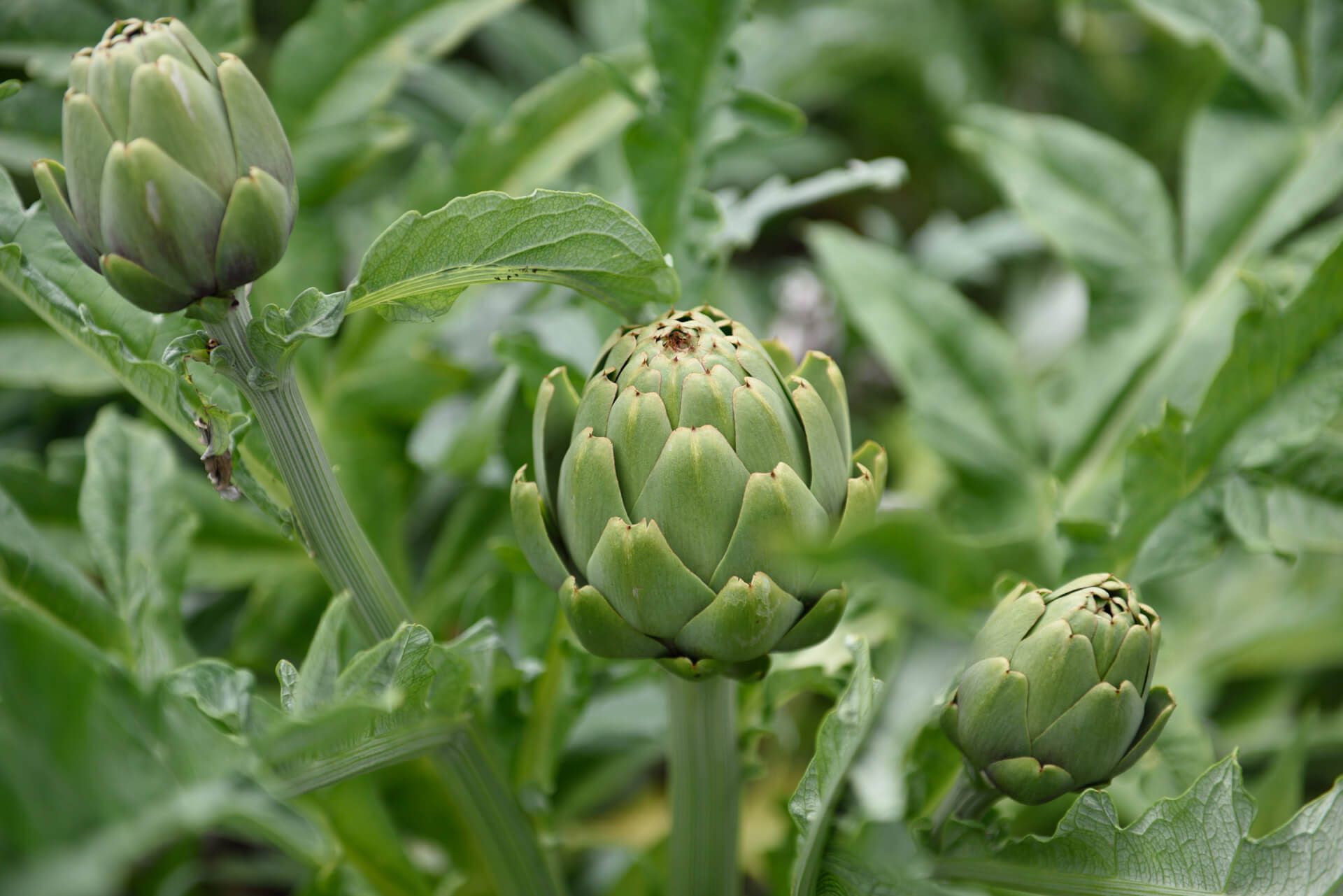





0 thoughts on “When Did GMO Seeds Start”